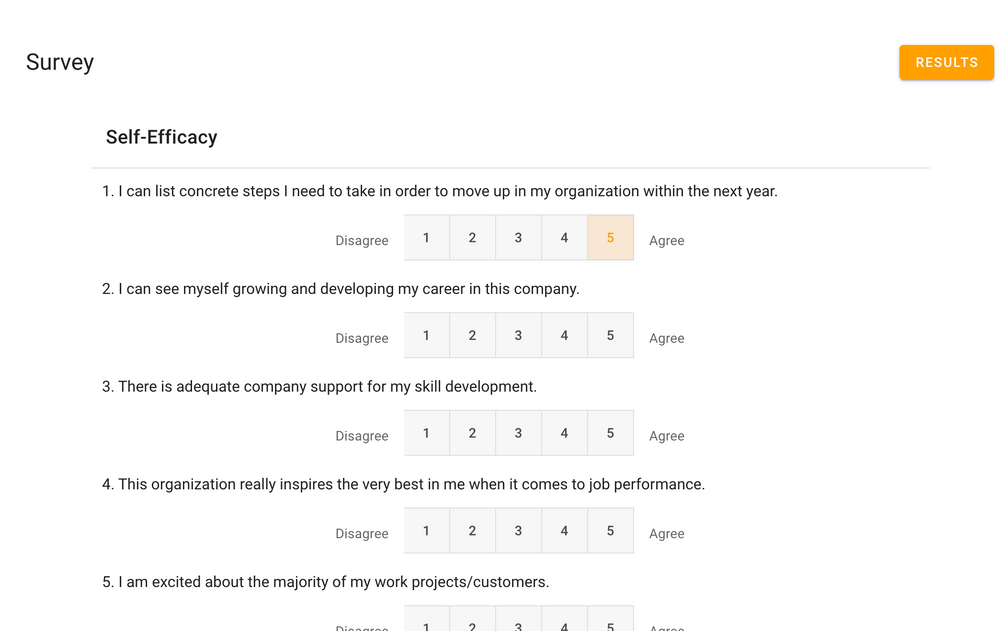What Is Job Burnout & What Can Employers Do About It?
Job burnout is a growing problem in today's fast-paced society. Here's how you can help your employees deal with and avoid job burnout.

High levels of productivity to achieve stellar results is a goal that every company wants to meet. However, placing too much emphasis on productivity in the workplace can have its consequences, especially on your employees.
Increased levels of job burnout among employees is a growing phenomenon. In 2021, an Indeed Study reported that 52% of survey respondents experienced burnout. This trend continues to rise, with recent studies showing that 42% of global workers and 43% of US middle managers reported burnout.
But what does job burnout mean for you and your team?
What is job burnout?

Photo by Elisa Ventur on Unsplash
According to Mayo Clinic, job burnout is a state of physical and emotional exhaustion. It's often a culmination of stressors, long working hours and lack of support over a period of time.
Job burnout may cause employees to produce lower quality work, be less motivated and be more dissatisfied with their job. Not only is burnout detrimental to their mental health, employees suffering from burnout may also be more likely to resign from their jobs.
That is why employees should be more mindful of the signs and symptoms of burnout.
Signs of burnout employers should learn to spot:
Employees suffering from burn out, or on the verge of getting burned out may be:
- Detached from workplace culture
- Less productive and motivated
- More prone to mistakes and poor memory
- More irritable and sensitive to negative feedback
- More likely to take frequent absences and sick leave
How employers can deal with employee burnout
Whether you suspect that your employees are suffering from burnout, or you wish to prevent your employees from getting burned out, here are some measures that you as an employer can implement in your workplace.
Provide recovery time

Photo by Katie Barrett on Unsplash
Overworking can not only lead to burn out, but it is also unproductive, defeating the purpose of working long hours in the first place. As an employer, you need to provide adequate opportunities for employees to rest and recover.
It is important to adjust workloads, set realistic expectations and make taking time off easier for your employees. You should also consider fostering a vacation-friendly work environment, where your employees feel more comfortable taking their paid time off where necessary.
Flexibility and autonomy
Times are changing, and we should start to adopt more flexible workplace practices that can benefit your employees' mental wellness.
Consider adopting a hybrid working arrangement for employees who prefer to work from home. Other options include implementing flexible or reduced working hours based on employees' schedules, work performance and desires.
That said, it is still important to set firm expectations and goals with them, so that work continues to get done.
Cultivate a open work environment

Photo by Jason Goodman on Unsplash
It can be difficult to employees to open up about their mental health struggles. Often, they are in fear of being misunderstood, judged or even discriminated by their colleagues and managers.
That is why it's important to cultivate a welcoming work environment where employees are comfortable sharing their struggles with other employees and employers. Open sharing allows employees to feel more supported and makes it easier for employers to help employees before they get burned out.
In order to do so, the dialogue must start from the top downwards. Take the initiative and start conversations with your employees and be more open with your own struggles. Let actions speak louder than words, and take your employees seriously when they share their difficulties and take the necessary steps to support them.
Keep tabs on workplace wellness.
Even with an open work environment, some employees may still find it difficult to share their needs and struggles in person. To better understand the challenges your employees are facing, you can generate and conduct monthly or weekly surveys for your team using Asa.

Furthermore, surveys allow your employees to give you important feedback, so that you can continue to improve work conditions and foster a more positive work culture.
Aside from surveys, Asa also allows your employees to check in their mood everyday. As an employer, you will receive a mood chart that tracks the mood and wellness of your employees without giving away their identity.

This allows you to stop burnout in its tracks once you notice that your employees' moods are on a downward trend.
Make your employees feel appreciated

Photo by engin akyurt on Unsplash
Despite our best efforts, jobs can simply just be stressful at times. That is why it's important for you to motivate your employees with rewards and recognition. Rewards may include extra time off, unique company rewards like digital gift vouchers, or even pay raises where appropriate.
Appreciating and rewarding your employees for their hard work gets them motivated and also imbues their work with a sense of purpose, which are important when it comes to preventing job burnout.
The rising prevalence of job burnout, with its detrimental impact on productivity and wellbeing, calls for urgent employer intervention. Strategies such as adjusting work practices, fostering a supportive culture, and using wellness tools like Asa are essential. Recognizing employees' need for rest, support, and purpose, and prioritizing their mental wellness, is not just empathetic but a strategic move that builds a resilient work culture. A proactive approach to employee appreciation is key to preventing burnout and fostering a thriving workplace.



